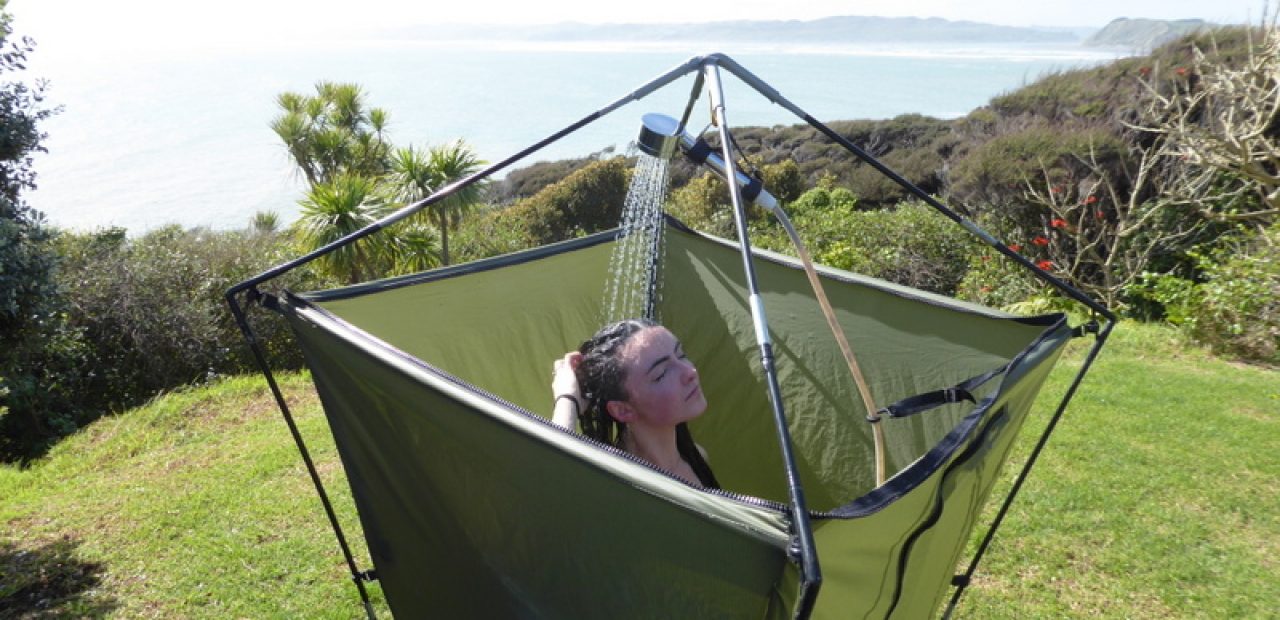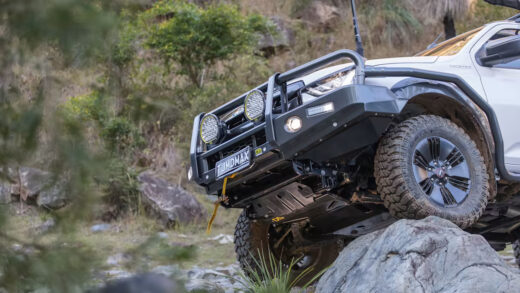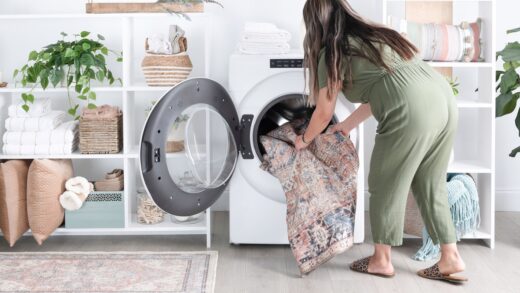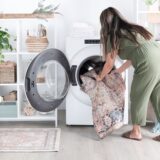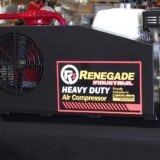Outdoor Hygiene: How to Set Up the Perfect Camping Shower
Extended camping in the wild is not always easy. Especially if you like to take regular showers, like most people do. As beautiful and pristine as it might look, the great Australian outdoors doesn’t come equipped with a bathroom. While this may not be a problem for a weekend trip, when out for longer, you’re going to need a good soak as the dirt accumulates. At some point, the wet wipes just won’t cut it and you’ll want to take an actual shower.
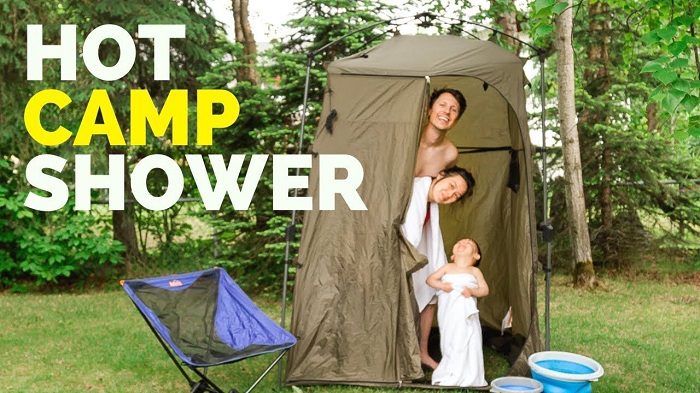
But if you don’t plan on staying at a campground with showers, you may think you’ll have to endure your entire trip being dirty and smelly. Luckily, it doesn’t have to be that way. If you want to stay clean and fresh during several days or weeks of camping portable shower can be of great help.
Even though it’s not often included as part of the essential camping checklist , a portable shower can help make your outdoor experience more pleasant. Besides preventing foul body odour, being able to take a shower can also help prevent catching a nasty bug that can cut your trip short. And in addition to helping you meet your hygiene needs, a portable shower can come in handy for washing dirty dishes and other things.
Contents
How Do Portable Camping Showers Work?
Portable showers setups range from something that looks like a watering can to a complex battery-operated system. But most of these setups have some elements in common: a showerhead, tubing and a water container. The more advanced showers will also include a pressure pump to create a nice flow of water for making your outdoor shower experience resemble that at home. So, in order for the shower to work, you will need to fill up the tank with water and let gravity do the trick or turn on the pressure pump.
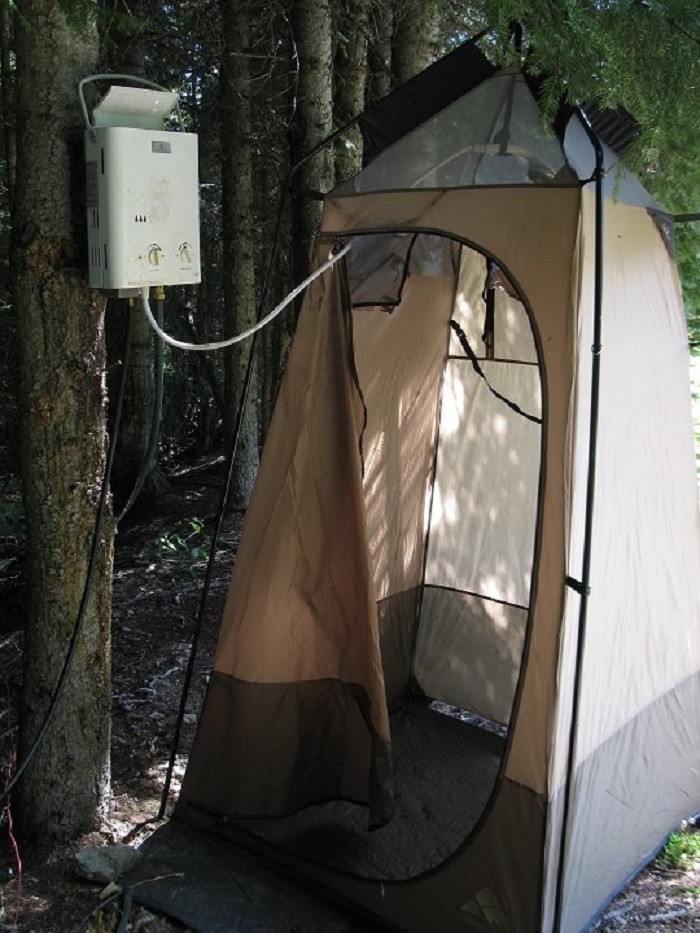
How to Choose a Camping Shower
The easiest portable showers to set up are rigged watering cans. You can simply fill the can with water from the nearest source (a creek or a lake), hang it on a branch and tip it at an angle so that the water will start pouring. However, these showers usually have a small capacity and can’t offer you warm water. If you like your showers to be more comfortable, consider getting a hot water shower.
A hot water shower uses a propane gas or a solar panel to heat the water in the tank. Showers that use gas to heat the water are battery-operated and come with a pressure pump. If you’re going to opt for a battery-operated shower, I’d suggest choosing Lithium-ion. If you want to protect the outdoors where you’re camping portable shower running on Lithium-ion batteries is the most environmentally-friendly option. Lithium-ion batteries are rechargeable, durable and can be recycled when they’ve run their course, unlike other types of batteries. Plus, they are also lightweight to easily carry around.
On the other hand, a solar camping shower can use the energy from the sun to heat up your shower water. This can allow you to save money on gas in the future. However, solar showers can’t produce good water pressure like propane gas showers do as they do not have a pump and rely solely on gravity. In addition, you need to wait for the water to become warm enough from the sun, which is usually in two to five hours depending on the outside conditions. And on the days when it’s cloudy, you won’t be able to enjoy a warm shower.
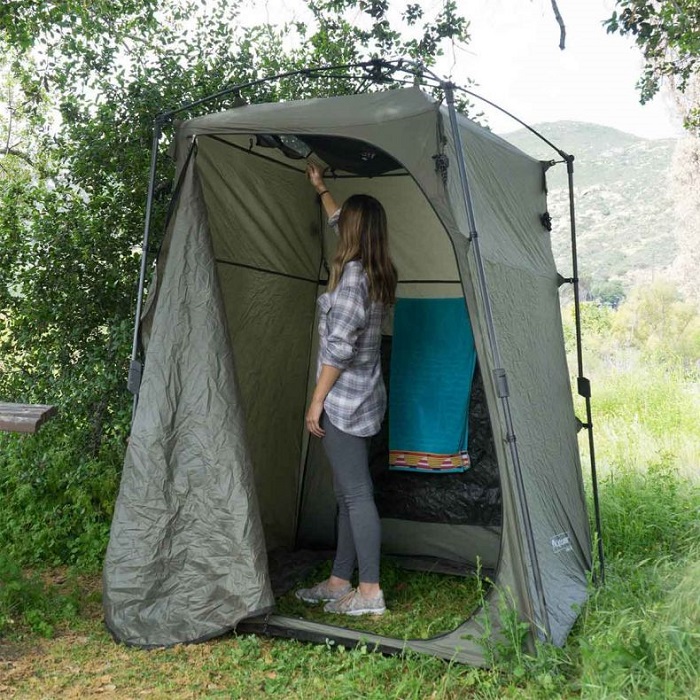
Do You Want Some Privacy?
If you’re going to be camping with a large group of people or simply aren’t comfortable showering in the open for all to see, you may want to get a shower tent. Shower tents, or also called shelters, can be bought independently or as part of the portable shower system. Most of them will have four walls made of a dense fabric that’s coated in polyurethane to make it waterproof. Not only is the fabric designed to prevent visibility, but it also helps keep the steam and heat inside thus helping you stay warm. These shower tents are easy to set up as they feature fibreglass poles which you can dig into the ground to keep it upright. Some of them don’t feature poles, and are designed to be attached to roof racks.
Some shower tents also come with handy features, like for instance, wall hooks or bars on the outside for hanging towels and clothes, mesh pouches on the inside for holding soap and shampoo, and waterproof pockets for your valuables. You can also add an optional floor inside the tent to keep your feet clean from dirt.
Where to Get Your Water From
The easiest way to get water for your showers is to utilize the sources available outdoors, like lakes and streams. However, you need to make sure the water is clean and safe for showering as much as for drinking. This is why a hot water shower is recommended, as the heat helps kill off dangerous microorganisms. If you’re not purchasing a hot water shower, then you will need to strain the water for debris with the help of a filter or simply by letting it pass through a cotton shirt. And make sure to soap up a lot to prevent any pathogens from entering your body. On the other hand, if you’re not camping near a body of water, you will likely need to take showering water with you which can be a bit of a hassle.

